This xBmt was completed by a member of The Brü Club in collaboration with Brülosophy as a part of The Brü Club xBmt Series. While members who choose to participate in this series generally take inspiration from Brülosophy, the bulk of design, writing, and editing is handled by members unless otherwise specified. Articles featured on Brulosophy.com are selected by The Brü Club leadership prior to being submitted for publication. Visit The Brü Club Facebook Group for more information on this series.
Author: Will Lovell
While I have enjoyed great success brewing beers with both dry and liquid yeasts, I tend to use dry yeast more frequently for a number of reasons. The longer shelf-life means I can have a last-minute brew day without making a trip across town to the local homebrew shop, plus dry yeast is typically less expensive, has higher pitch rates, and it is robust enough to survive shipping during the hot Texas summer. The biggest drawback is the lack of variety in dry yeast compared to its liquid counterparts.
When designing a new recipe, I’ll often start by browsing pre-built kits from various online shops for inspiration. Over the years, I’ve noticed most tend to suggest a liquid yeast strain as well as at least one substitution, usually a dry version that’s purportedly from the same source. However, there are times the recommended liquid strain doesn’t have a direct dry equivalent, so something that’s regionally similar is suggested instead.
I was recently looking at a kit for an English Dark Mild where the suggested yeast was Imperial Yeast A09 Pub, which is said to be sourced from Fuller’s Brewery. However, the dry yeast they recommended as a replacement was Safale S-04 English Ale, which is believed to have originated from the Whitbread Brewery. While both are of English origin and have certain similar characteristics such as being highly flocculent, my anecdotal experience with both indicates they’re distinct from one another. Curious to taste the differences myself, I designed an xBmt to test it out!
| PURPOSE |
To evaluate the differences between an English Dark Mild fermented with Imperial Yeast A09 Pub and the same beer fermented with Safale S-04 English Ale.
| METHODS |
Inspired by a recent episode of The Brülosophy Podcast where the guys talked about Dark Mild, I designed a recipe using the ingredients I had on-hand.
Copying Marshall’s Homework
Recipe Details
| Batch Size | Boil Time | IBU | SRM | Est. OG | Est. FG | ABV |
|---|---|---|---|---|---|---|
| 7 gal | 60 min | 20.6 | 17.3 SRM | 1.041 | 1.01 | 4.07 % |
| Actuals | 1.041 | 1.01 | 4.07 % | |||
Fermentables
| Name | Amount | % |
|---|---|---|
| Barke Pilsner | 8.25 lbs | 65.67 |
| Vienna Malt | 2.125 lbs | 16.92 |
| Golden Naked Oats | 1 lbs | 7.96 |
| Crystal Malt | 12 oz | 5.97 |
| Roasted Barley | 7 oz | 3.48 |
Hops
| Name | Amount | Time | Use | Form | Alpha % |
|---|---|---|---|---|---|
| Fuggle | 29 g | 60 min | Boil | Pellet | 5.2 |
| Fuggle | 13 g | 15 min | Boil | Pellet | 5.2 |
| Fuggle | 16 g | 5 min | Boil | Pellet | 5.2 |
Yeast
| Name | Lab | Attenuation | Temperature |
|---|---|---|---|
| Imperial Yeast A09 Pub OR Safeale S-04 English Ale | 74% | 32°F - 32°F |
Notes
| Water Profile: Ca 68 | Mg 8 | Na 15 | SO4 104 | Cl 68 |
Download
| Download this recipe's BeerXML file |
After collecting the full volume of water and adjusting it to my desired profile a day ahead of time, I weighed out and milled the grain.
The following morning, I set the controller on my Brewzilla All-In-One system to heat the water up, at which point I prepared the kettle hops.
Once the water was properly heated, I added the grist and stirred until it was at my desired mash temperature of 152°F/67°C.
Following the 60 minute mash rest, I removed the grains and proceeded to boil the wort for 60 minutes, adding hops at the times listed in the recipe.
When the boil was complete, I quickly chilled the wort before taking a hydrometer measurement showing it was at my desired OG.
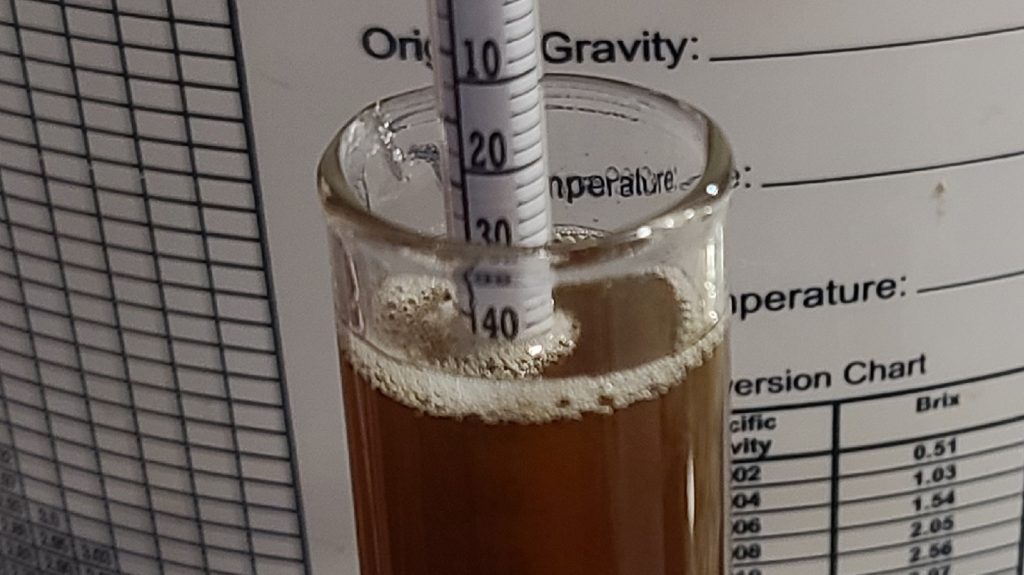
After equally splitting the wort between two identical fermenters, I pitched a pouch of Imperial Yeast A09 Pub into one while the other received a sachet of Safale S-04 English Ale.
The beers were left to ferment at 64°F/18°C for 4 days before I raised the temperature to 70°F/21°C, where they sat for another 3 days. Hydrometer measurements at this point showed both beers finished at the same 1.010 FG.
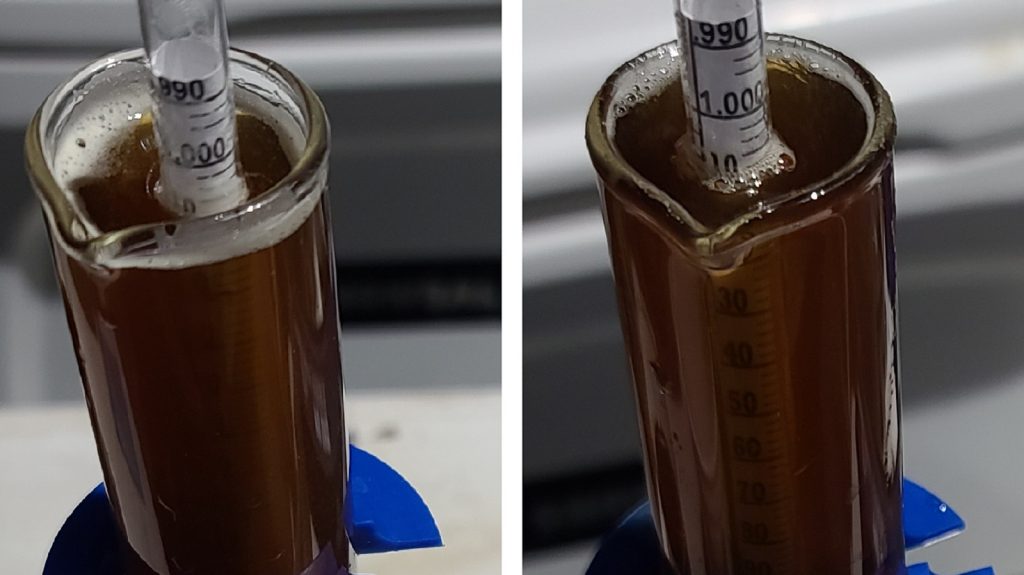
Following a 24 hour cold crash, I pressure transferred the beers to kegs and burst carbonated them overnight before reducing the gas to serving pressure. After a week of conditioning, the beers were ready to serve to tasters.
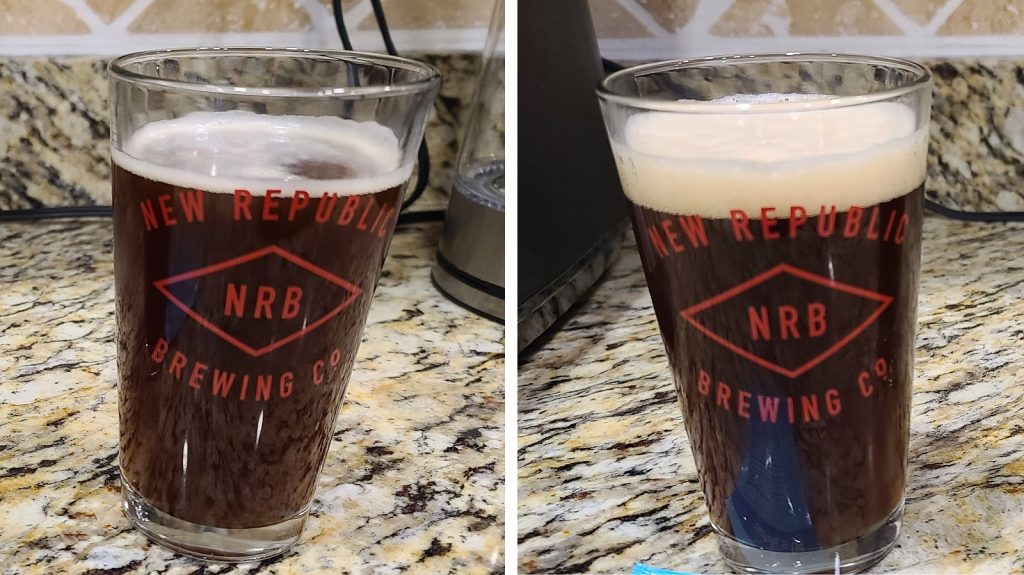
| RESULTS |
A total of 16 people of varying levels of experience participated in this xBmt. Each participant was served 1 sample of the beer fermented with Imperial Yeast A09 Pub and 2 samples of the beer fermented with Safale S-04 English Ale in different colored opaque cups then asked to identify the unique sample. While 9 tasters (p<0.05) would have had to accurately identify the unique sample in order to reach statistical significance, only 6 did (p=0.45), indicating participants in this xBmt were unable to reliably distinguish a Dark Mild fermented with Imperial Yeast A09 Pub from one fermented with Safale S-04 English Ale yeast.
My Impressions: Out of the 3 semi-blind triangle tests I attempted, I correctly identified the odd-beer-out zero times. To me, these beers were characteristically identical with a great malt character, which was surprising coming from a beer at 4% ABV. Copying Marshall’s Homework was a great idea!
| DISCUSSION |
Yeast is one piece to the brewing puzzle that is known to have a rather substantial impact on beer character, even among strains that originate from the same general region. While Imperial Yeast A09 Pub is sourced from Fuller’s Brewery and Safale S-04 English Ale comes from Whitbread Brewery, both being of English origin, the latter is often recommended as a dry equivalent for the former. Interestingly, tasters were unable to reliably distinguish a Dark Mild fermented with Imperial Yeast A09 Pub from one fermented with Safale S-04 English Ale yeast.
While both of these yeasts are highly flocculent strains of British origin that are expected to impart some degree of ester character to beer, it’s widely believe they are unique, which makes these findings all the more intriguing. It’s possible any qualitative differences between the beers were overshadowed by the malt character of this Dark Mild, or perhaps a slightly warmer fermentation temperature would have produced different results.
In the end, this single data point hasn’t convinced me that Imperial Yeast A09 Pub and Safale S-04 English Ale are universally interchangeable, I actually think a difference would be more perceptible in a lighter beer style. That said, as a regular user of dry yeast, it’s nice to know there’s something available that can produce a beer with similar characteristics as one fermented with liquid yeast. If anything, this xBmt showcases how thankful I am as a homebrewer to have so many quality ingredients available!
 Will Lovell is a proud father of two currently living in San Antonio, TX. His loving wife got him his first homebrew kit over a decade ago and he has been enjoying the hobby ever since. Will currently serves as the Event Coordinator for The Brü Club and enjoys challenging old brewing conventions through experimentation. When he isn’t brewing or spending time with his family, Will enjoys spending time in the great outdoors, especially if it involves hunting or fishing.
Will Lovell is a proud father of two currently living in San Antonio, TX. His loving wife got him his first homebrew kit over a decade ago and he has been enjoying the hobby ever since. Will currently serves as the Event Coordinator for The Brü Club and enjoys challenging old brewing conventions through experimentation. When he isn’t brewing or spending time with his family, Will enjoys spending time in the great outdoors, especially if it involves hunting or fishing.
If you have any thoughts about this xBmt, please do not hesitate to share in the comments section below!
Support Brülosophy In Style!
All designs are available in various colors and sizes on Amazon!
Follow Brülosophy on:
FACEBOOK | TWITTER | INSTAGRAM
If you enjoy this stuff and feel compelled to support Brulosophy.com, please check out the Support page for details on how you can very easily do so. Thanks!


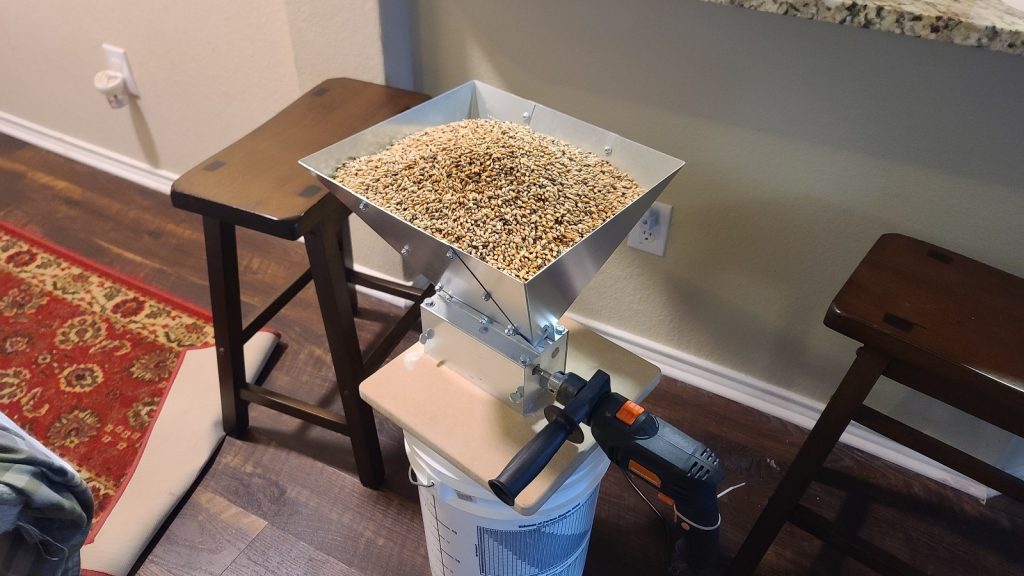
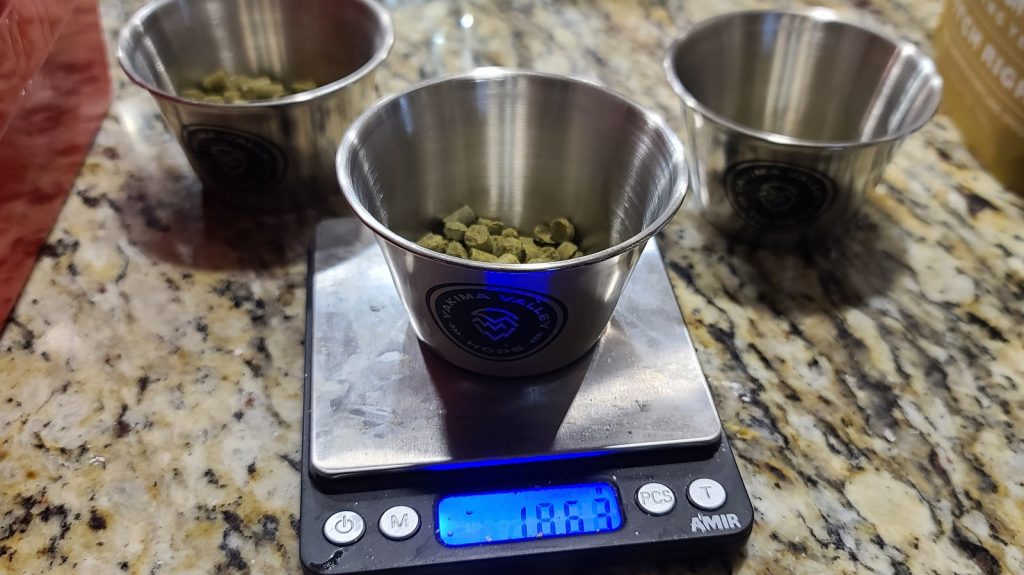
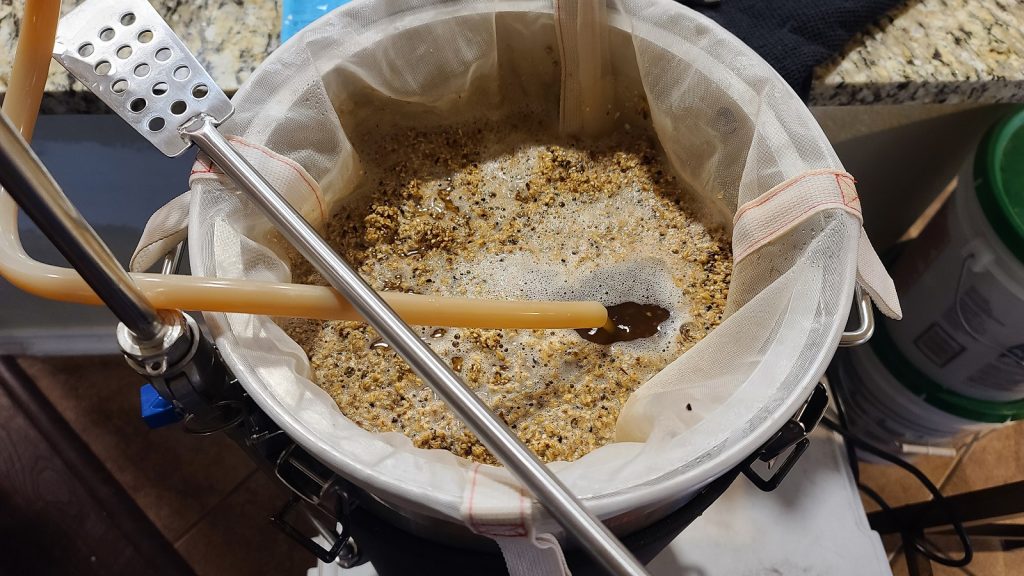
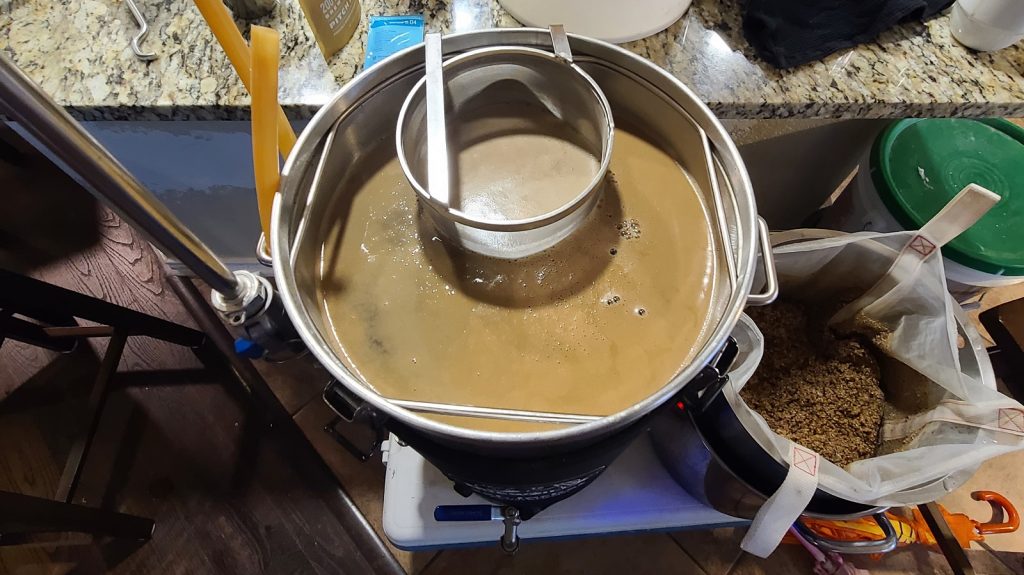
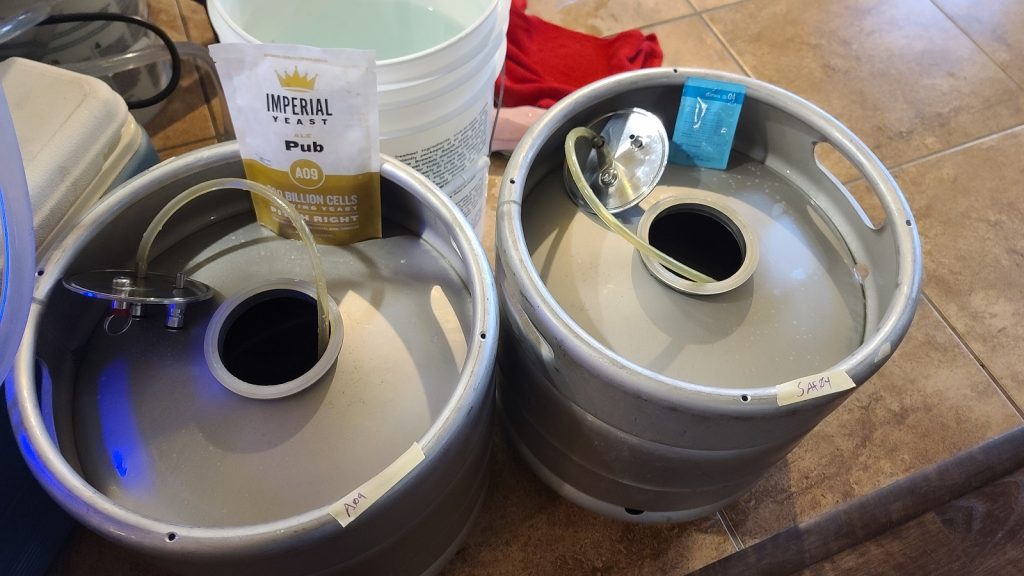












10 thoughts on “The Brü Club xBmt Series | Yeast Comparison: Imperial Yeast A09 Pub vs Safale S-04 English Ale In A Dark Mild”
Which Crystal Malt did you use? 40?
I was going to ask this too.
Why do testers always say, “Well, if we used a different style beer, or if this was different or that was different, the results may have been different. Often, this happens when a cheaper product tests the same as or better than a more expensive product. Or a simple brewing method works as well or better than a more elaborate and expensive method.
I think you know the answer. Homebrewers want to think that with more expensive methode/equipement/ingredients they automatically make better beer. And anything that proves that it doesnt matter makes them eager to search some error in the experiment. Because otherwise they just throw out money for nothing.
Our club recently did the same experiment (Fullers vs Whitbread) in an Irish Red. We used WLP002 and S-04. Our results were significant – but there were some potential issues with the way we conducted the experiment and collected the data. It was our first go – and we learned a lot. I wrote it up – if you are interested: https://nobodyaskedme655546114.wordpress.com/2022/03/07/strained-relationship/
Style wise your grain bill doesn’t fit a traditional Dark Mild. The grain bill is usually just Pale Malt with the addition of dark invert sugar. The use of Crystal or Roasted malts (e.g. Brown) was the atypical exception and not the rule. If the color wasn’t dark enough they’d ad caramel coloring.
Maybe Ron Pattinson has just rubbed off on me too much, but it’s disappointing when I try a mild and get a roasted grain note. It just shouldn’t be there. Doesn’t mean your beer isn’t great – but it’s not an English Dark Mild.
It literally says in the BJCP guidelines for 13A: Dark Mild under flavor – “ Versions with darker malts may have a dry, roasted finish.” It goes on to say under ingredients – “ Pale British base malts (often fairly dextrinous), crystal malt, dark malts or dark sugar adjuncts, may also include adjuncts such as flaked maize, and may be colored with brewer’s caramel.”
The normal train of thought when selecting a yeast is “does it match the style?” English yeast for an English ale etc… I used a Kveik yeast for an Imperial Stout and it worked great! I believe the amount that yeast has to offer to the overall flavor is important, but marginal compared to grain and hops selection. I’m only saying this, because as a relatively new brewer, I used to get terribly hung up on yeast selection, but blindly selected a suggested malt bill without knowing its purpose.
Interesting result. I’ve never used A09, but i’m curious if WY1469 would have stood out more.
If I’m not mistaken, S-04 is likely more closely related to Imperial A01 House. I often see that being considered comparable to other Whitbread strains like WLP007 and WY1098. Would love to see a comparison between S-04 and A01 House some time. Cheers!